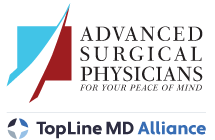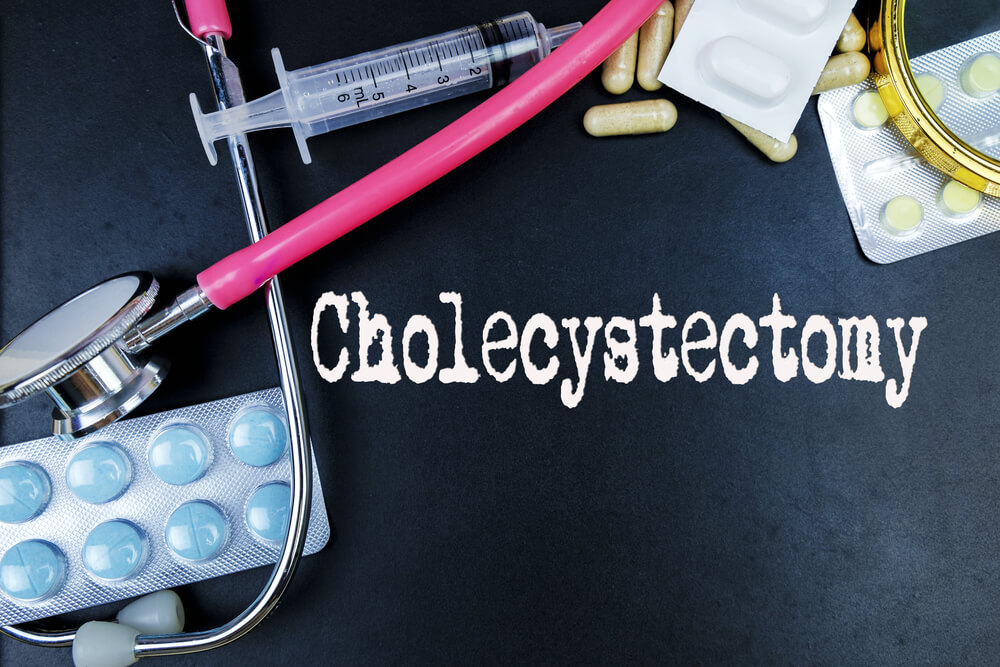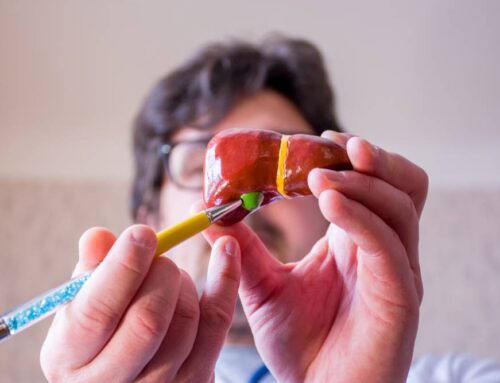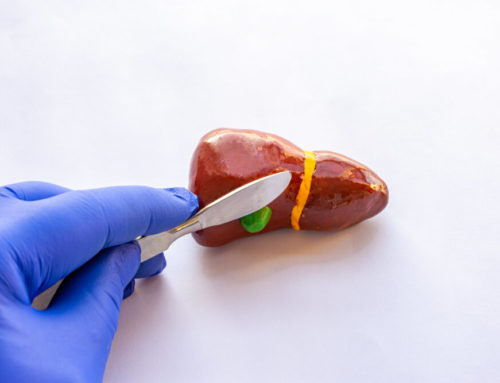Laparoscopic cholecystectomy is a routine surgery that is often done for people dealing with gallbladder problems. This minimally invasive surgery usually has a quick recovery time and few long-term complications. Learning about this procedure can help you decide if you may benefit from a gallbladder removal surgery.
What Is a Laparoscopic Cholecystectomy?
A cholecystectomy is simply the medical name for a surgery to remove your gallbladder. The gallbladder is the small organ right below the liver. Its main purpose is to produce a type of digestive fluid called bile. Though a gallbladder is very helpful for digestion, it is not necessary. Therefore, it can be removed without impacting normal life much.
Gallbladder removal is a common surgery, ranking as the eighth most frequently performed operating room procedure. There are few complications associated with gallbladder removal, and most patients can return to normal activities within a week or two.
Laparoscopic cholecystectomy is a special type of gallbladder removal that uses laparoscopic techniques. Unlike traditional surgeries that require large incisions, laparoscopic procedures just need a few small incisions that are around a centimeter or two in width. A camera and small surgical tools are then inserted into these incisions to perform the actual surgery. Using laparoscopic methods lets a surgeon remove the gallbladder without making any major changes to your abdominal structure.
There are several benefits to going with a laparoscopic procedure. Due to the smaller incisions, patients tend to have a quicker recovery. There is less risk of infected sutures, scar tissue development, and other complications. Patients also tend to have fewer problems with pain and discomfort in the days following their surgery.
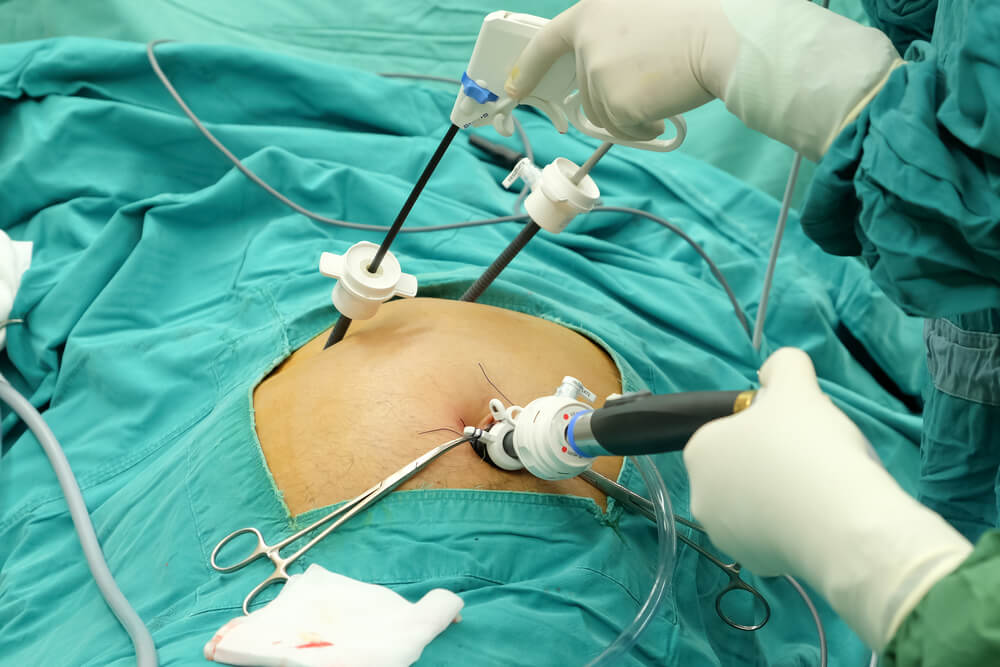
Reasons You May Need Gallbladder Surgery
As long as the gallbladder is functioning normally, emergency gallbladder removal usually is unnecessary. However, if you are having various issues with your gallbladder, it may be safer to just go ahead and remove it entirely.
The most common reason for gallbladder removal is simply gallstones. Gallstones are a type of blockage that can lodge in bile ducts and cause intense pain. Some people may just get one here and there without any major symptoms. However, if you are having repeated attacks of gallstones, your doctor may suggest you see a gallbladder specialist about getting a cholecystectomy.
Another common medical condition that may require gallbladder removal is cholecystitis. This is essentially severe inflammation of the gallbladder. If left untreated, it can cause widespread and potentially life-threatening infections. Therefore, you may need to get a cholecystectomy if the inflammation is not going away on its own.
Some other potential reasons for gallbladder surgery include issues like gallbladder polyps and gallbladder cancer. Due to its close position to other organs, you may also need a gallbladder removal for various liver conditions and pancreas issues.
What to Expect During Your Cholecystectomy
If you have an emergency gallbladder removal, you may not have time to follow routine preparations. However, if you have scheduled your cholecystectomy in Palm Beach County ahead of time, your doctor will most likely ask you to avoid eating four hours before your surgery. You might need to quit smoking or quit taking certain medications as well. Following all of your surgeon’s guidelines before your procedure will help it go as smoothly as possible.
On the day of the surgery, you will travel to the clinic or hospital. Your surgical team will give you general anesthesia that will keep you completely unconscious during the surgery. While you are under anesthesia, your doctor will make four tiny incisions in your abdomen. Then, they will insert a camera and use the image on the video monitor to guide them during surgery.
After the gallbladder is removed, your doctor will close the incisions, and you will be taken to the recovery area. During this early recovery stage at the hospital, you may be taken for X-rays. This ensures that the bile ducts and other surrounding areas were not damaged by the surgery.
The whole process usually takes one to two hours from start to finish. Usually, patients can go home the same day as their cholecystectomy. They just have to wait until medical staff can confirm there are no serious complications from surgery or anesthesia. Since you were under anesthesia, you will not be able to drive yourself home. If you do not have someone to take you home or you are in generally poor health, your doctor may recommend you stay overnight to recover.
What Is the Recovery Like for Gallbladder Removal?
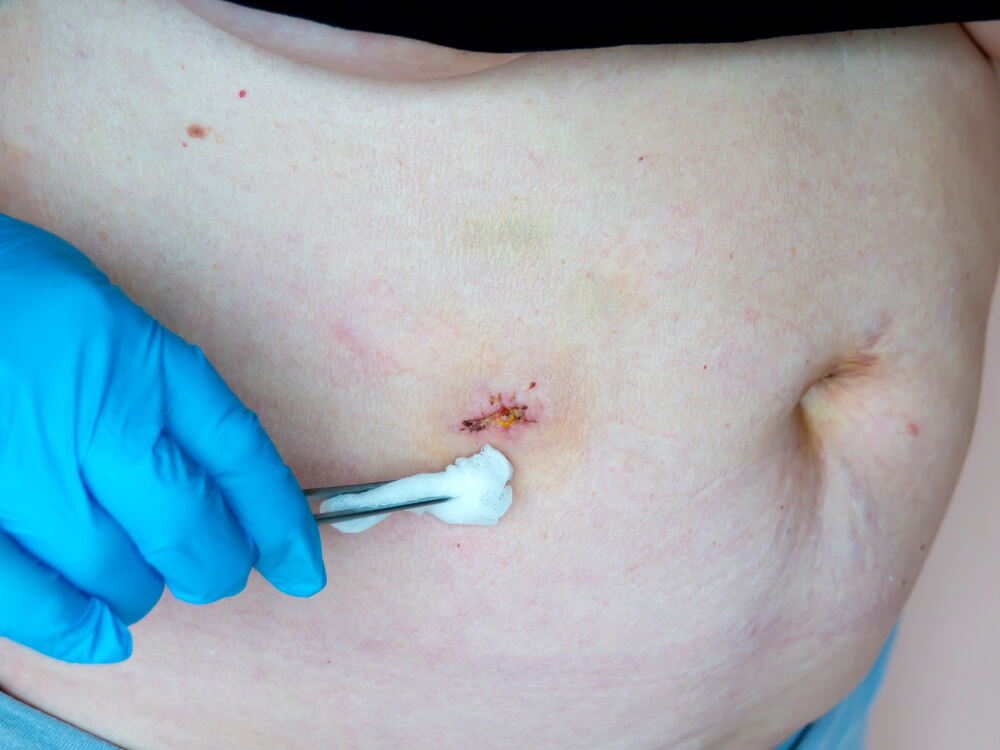
Like recovering from any other surgical procedure, you will not immediately be able to do intense physical activities. In the first two or three days after the surgery, you will most likely feel tired and sore. It is important to take it easy but try to get in one or two short periods of walking each day to assist with healing.
Your doctor may recommend exercises like taking 10 deep breaths every hour to help keep blood circulating well even while you are lying down. You can start moving a bit more by day three or four, but you should avoid any running or lifting of heavyweights for a couple of weeks. Your doctor may prescribe you pain medication, or you might be able to handle any discomfort with over-the-counter options like ibuprofen.
In addition to taking things easy, you need to follow medical instructions for taking care of your incisions. Since the procedure is laparoscopic, the incisions are usually small enough to be closed with dissolvable sutures or glue. You just need to avoid getting the area wet and change your dressings regularly as it heals. In most cases, you do not need to get stitches removed. However, you will need to visit your doctor for a checkup after a few weeks to ensure you are healing properly.
After your gallbladder is gone, your body will still produce some bile from the liver. However, it takes time for your digestive tract to get used to the change. In the first few days after your surgery, you will need to eat light foods like broth and toast.
There is no specific diet you need to follow, but it is wise to avoid fatty, sugary foods. Some people may need to cut back on dairy and caffeine since these may cause gastrointestinal upset. Once you are out of recovery, increasing fiber in your diet can help you digest things properly, even without a gallbladder.
Advanced Surgical Physicians is a leader in minimally invasive surgery. With our carefully refined techniques, we help you avoid complicated recoveries or excessive scarring. You can count on us for personal and high-quality care. Our team is trained to handle a wide range of surgeries, including gallbladder, hernia, breast, and pilonidal surgeries. To schedule your consultation, give us a call today.

